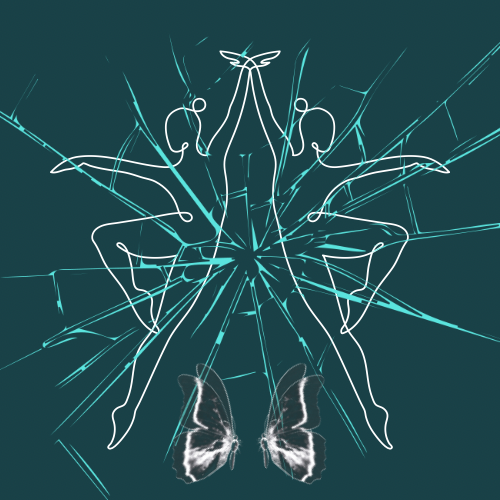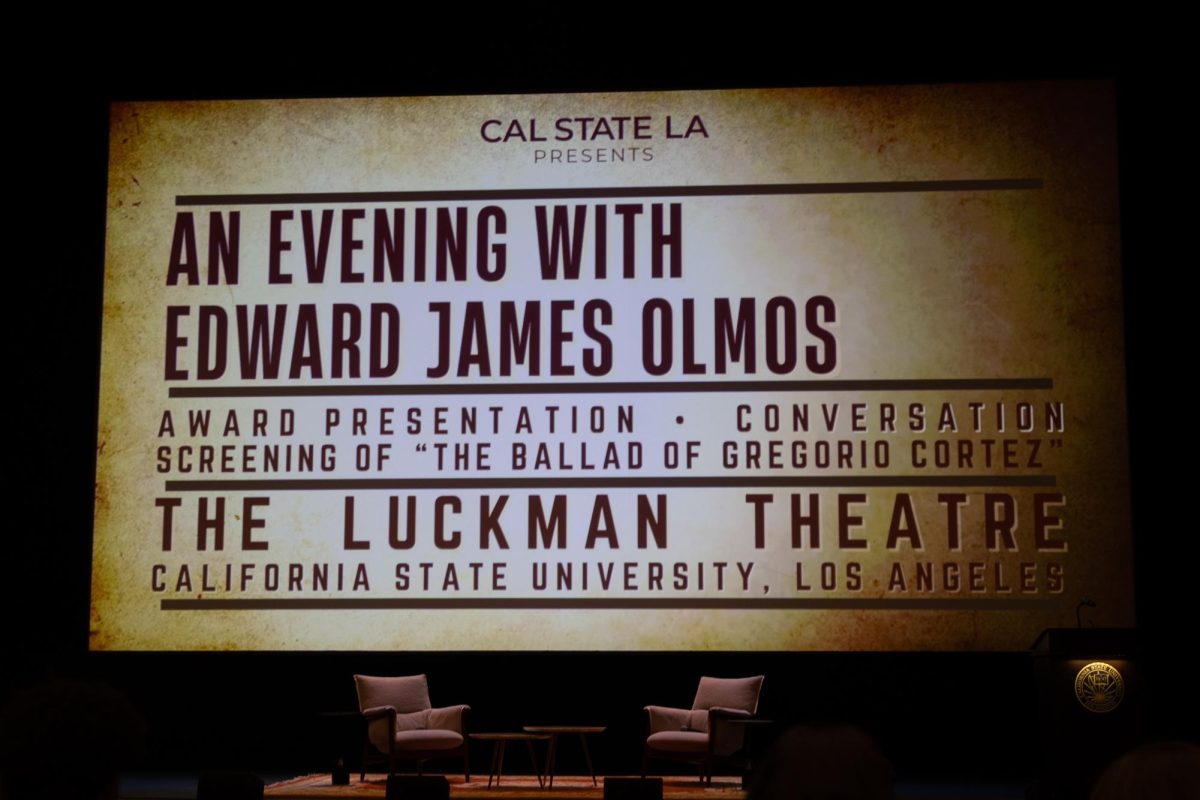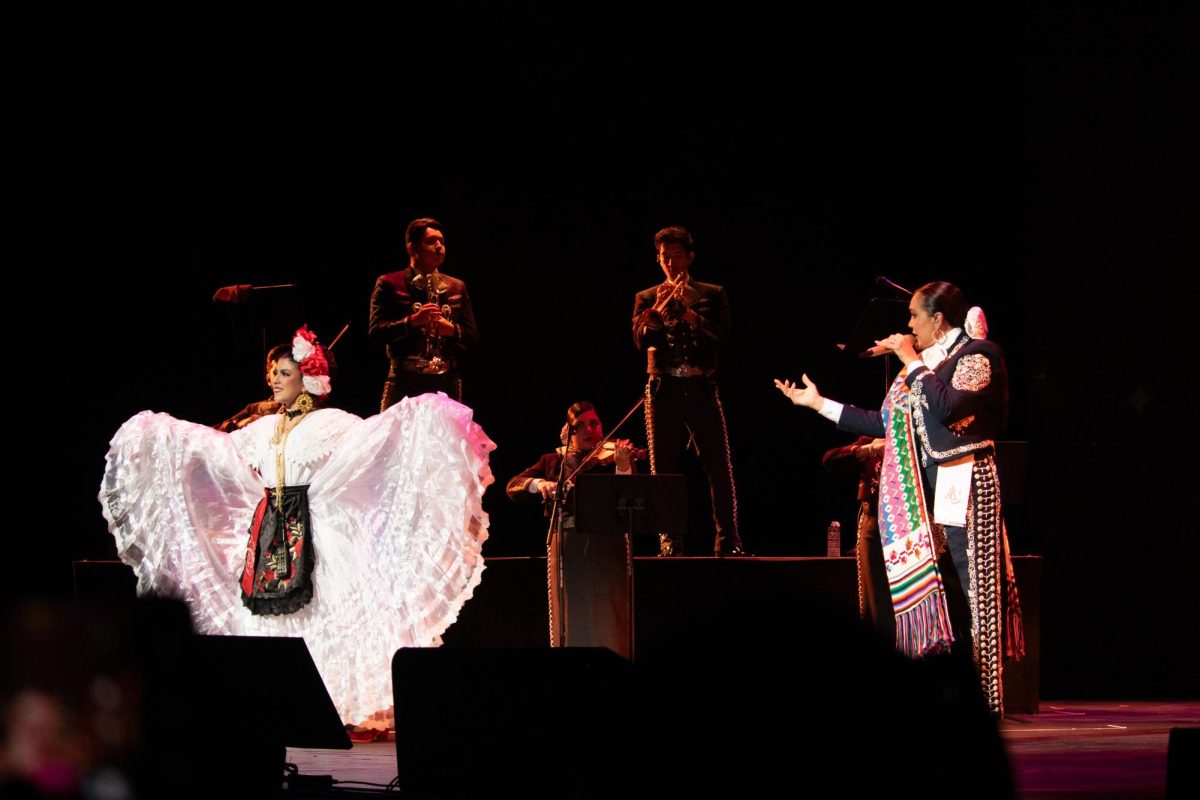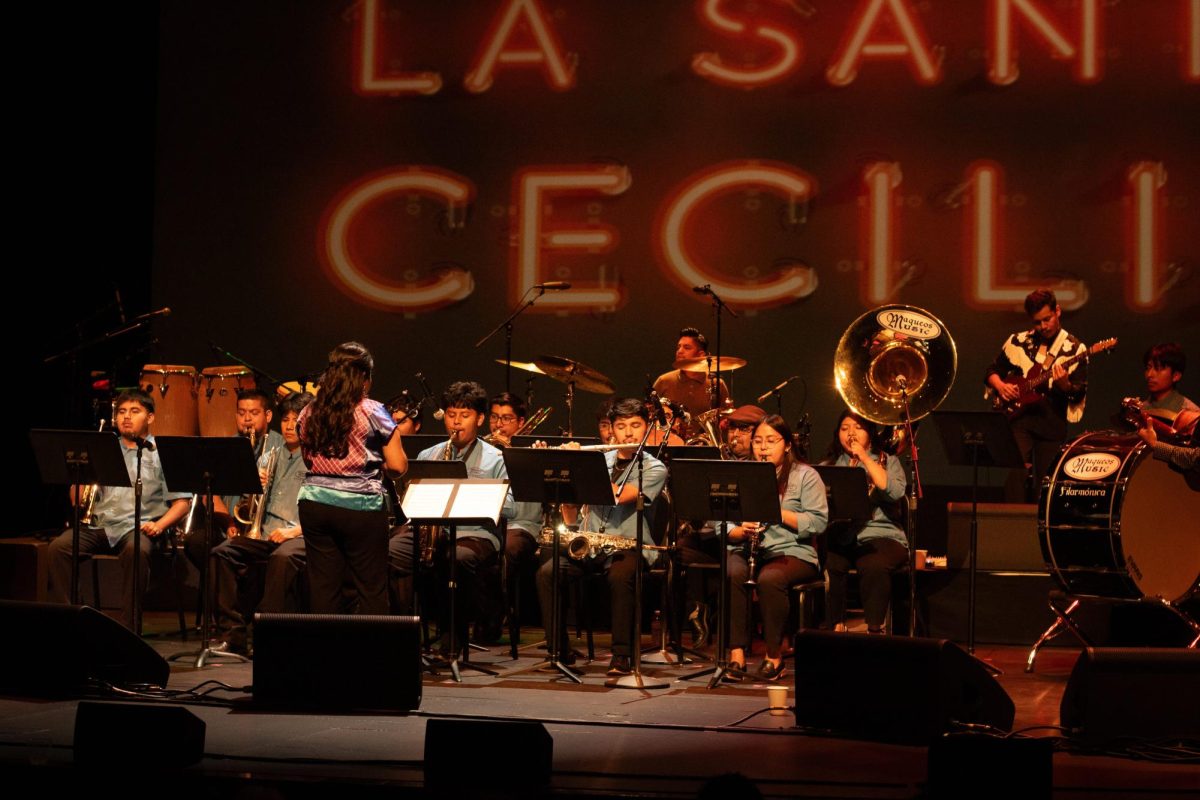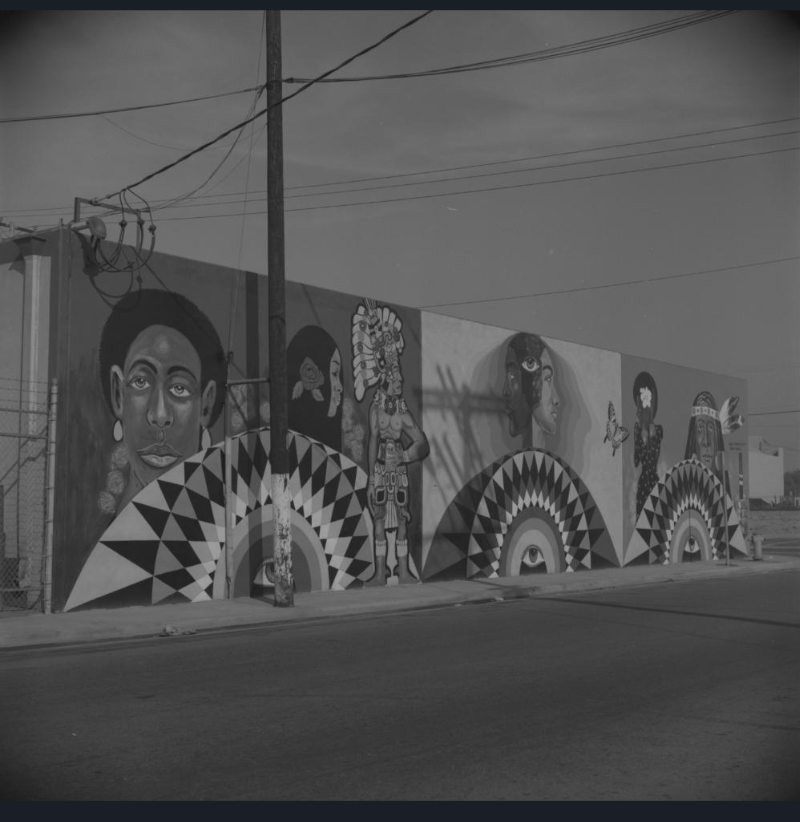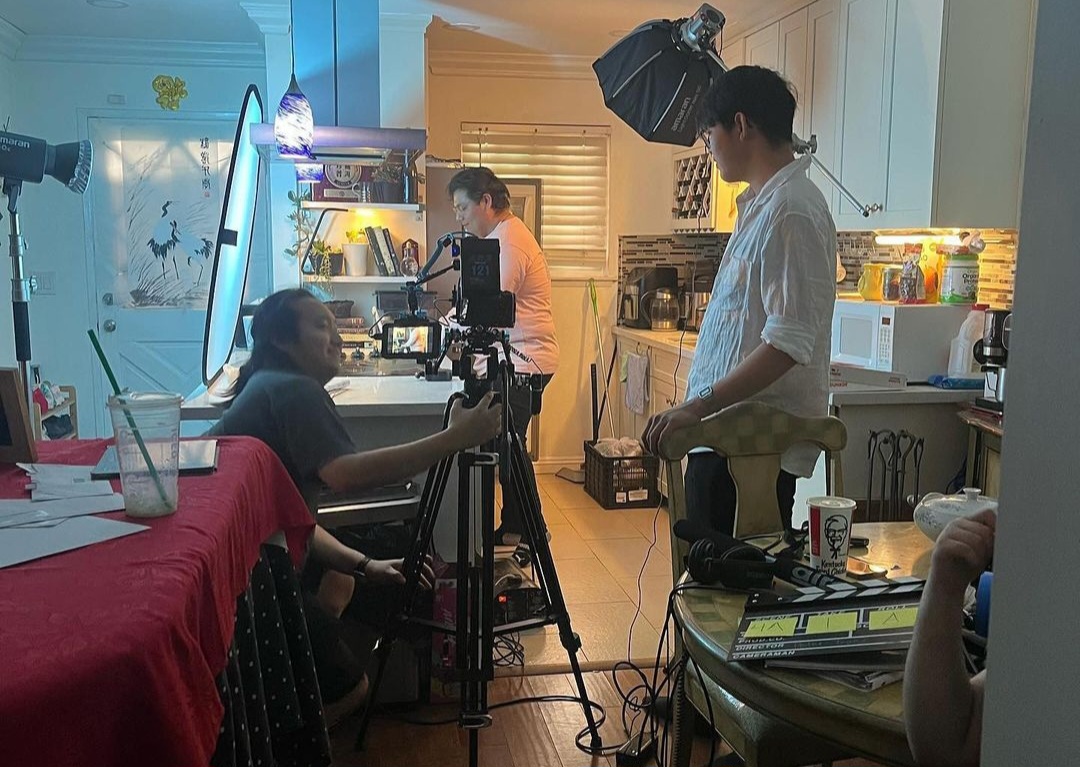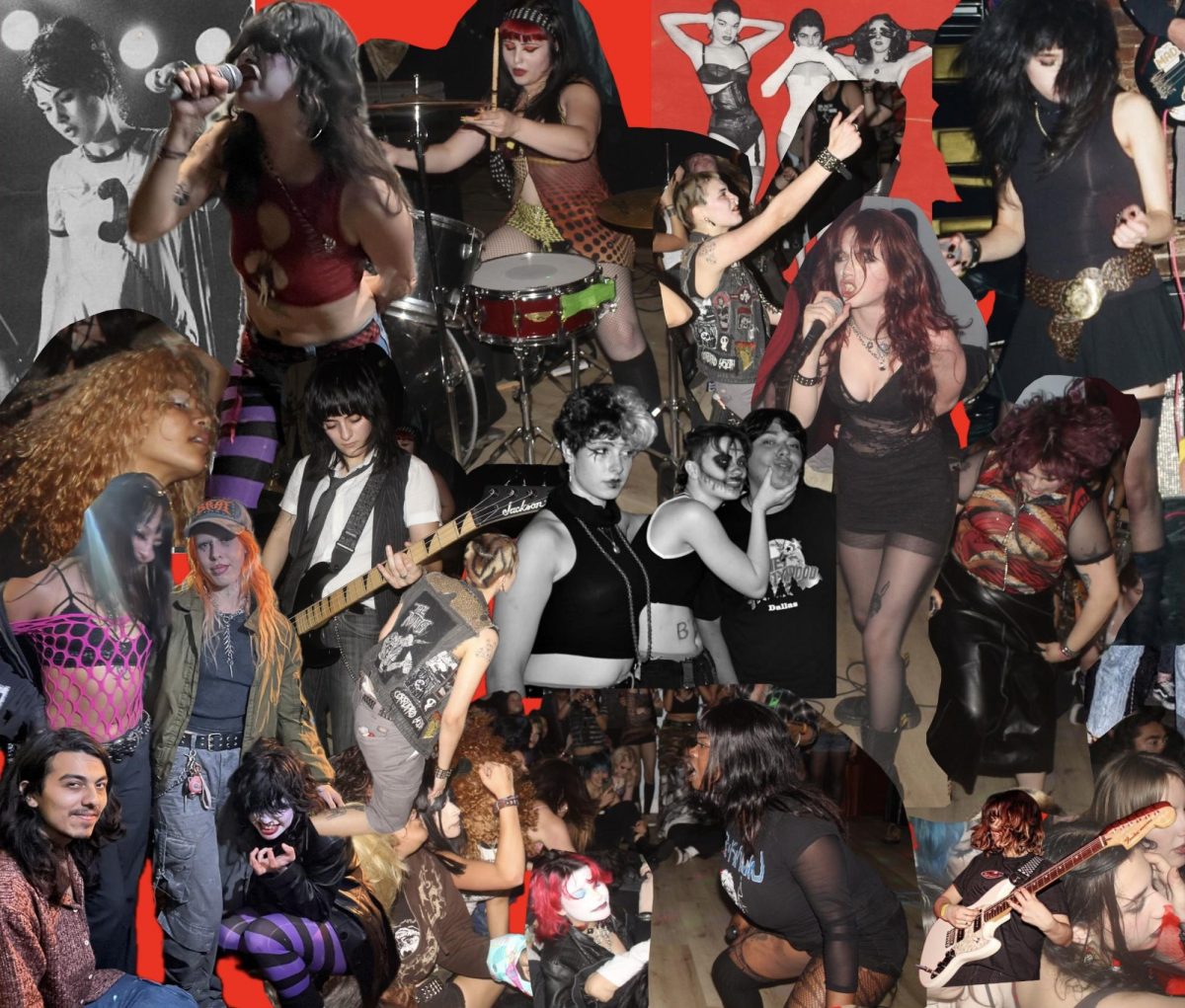As audience members poured into the Luckman Theater on Saturday, Aug. 17, the dancers of the Raiford Rogers Modern Ballet prepared to present the world premiere of “Glassworks,” choreographed by Rainford Rogers himself.
Rogers is an internationally recognized contemporary choreographer who brings a fresh perspective to the world of ballet. His new piece, “Glassworks,” is broken up into four parts and is accompanied by his works “Etudes” and “Chanel.”
The precision of the dancers cut like glass, but their movement was anything but broken. Through mirroring and pas de deux, which is ballet with partner work, Rogers captured the journey of finding strength within yourself to fly with another.
As the audience awaited the performance that began shortly after eight, one patron, Julie Chadwick said, “Music is about communication. It’s about connecting to people’s souls.”
Chadwick is friends with Rogers and was very proud of the piece he had created. “The ballet was extremely moving and inspirational. Raiford Rogers’ use of music mixed with his choreography inspired a sense of peace and harmony,” Chadwick said. “It did make me feel a little melancholy because I used to dance with Raiford and it brought back a lot of amazing memories for me. It inspired me to want to dance again. I miss the feeling of being out of my body and the feeling of flying.”
The dancers had an essence of quiet strength in their execution. They make the choreography look effortless. When dancing in unison, they were perfectly in sync. Their movements were very grounded and there were many moments of suspension that rose and fell like a breath.
The opening of the performance set the stage for what was to come. Dancers began with individualized movement, then began mirroring each other like a domino effect. There were many different pieces of choreography happening at once which created a very visually dynamic performance throughout.
Metamorphosis Two had a similar energy, but the pace was much slower and more controlled. The audience was taken on a journey that began with a woman breaking out of her cocoon, flying effortlessly through the air with her pas de deux partner, then concluding with her arms outstretched and free. The choreography included more contemporary movement towards the end, as well as more resistance.
Throughout the whole performance, the music felt like it was reaching for something. Gradually it would build and nearly reach a moment of release and clarity, but that essence continued throughout the performance. The piece “Facades” had a particular sense of foreboding that was slightly eerie.
Linda Bussiglieri is a patron of the arts who attended Rogers’ debut. She felt that Rogers had pushed the boundaries to create something new.
“What I feel is different about that ballet, even though I’ve been to many modern ballets, is the flow. What I felt that ballet had was an interconnectedness between all the different forms of the ballet there are,” Bussiglieri said.
Though there were 6 separate parts of the performance, Bussiglieri said “it all melted into one ballet, it felt like a dream.”
Following a brief intermission, Rogers also exhibited his two pieces “Etudes” and “Chanel.” There were many synchronicities with “Glassworks” in the choreography, but each piece still had its own character.
The “Etudes” performer’s movement flowed in a direction with resistance, but they traveled through with ease. This piece featured more unison and connection than “Glassworks,” which is visually appealing due to the accuracy of execution.
The last piece presented, “Chanel,” was the most isolated from the others in terms of music and choreography. This piece featured only female dancers and had a sultry essence that was supported with a jazzier sound. This piece had an essence of the late Bob Fosse, who is the most influential choreographer in jazz dance.
Finally the dancers were all moving as one, and with that unison came very controlled choreography. The entire performance concluded with a single dancer reaching outwards, concluding the journey with the strength and grace of an individual, much like it began.
This article was first published in the August 28 print edition of the University Times.

